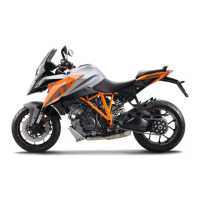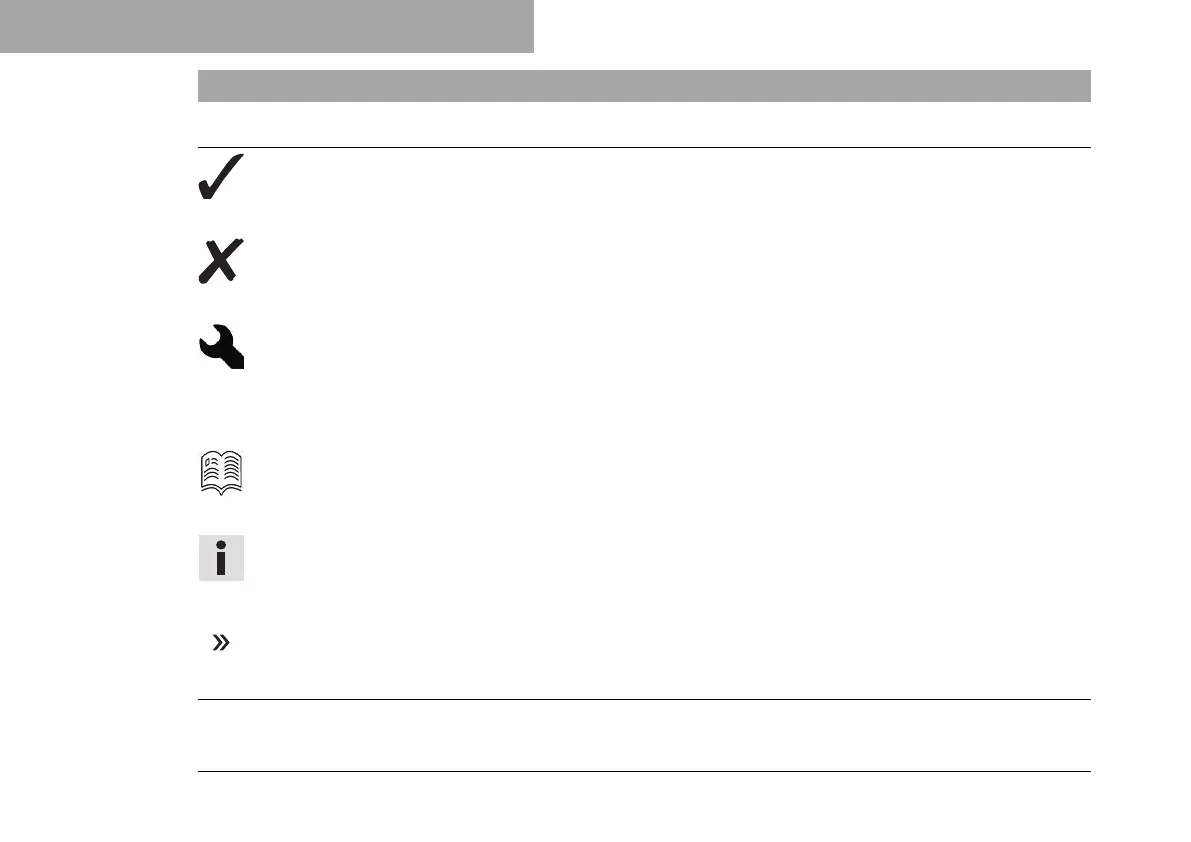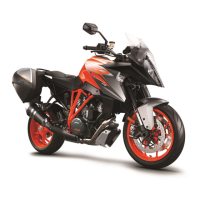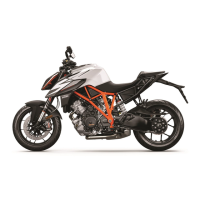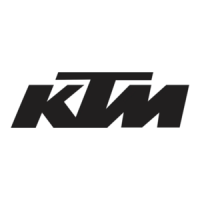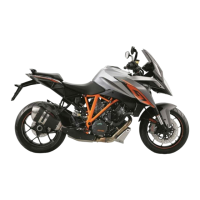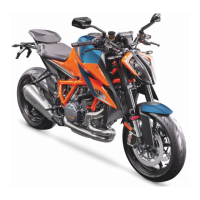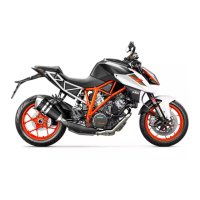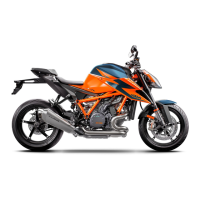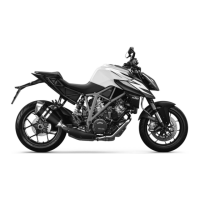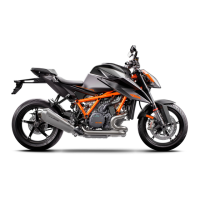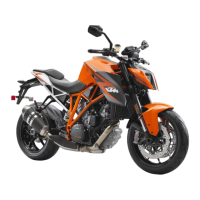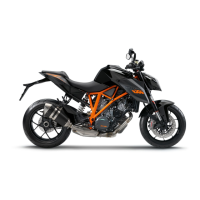1 MEANS OF REPRESENTATION
10
1.1 Symbols used
The meaning of specific symbols is described below.
Indicates an expected reaction (e.g. of a work step or a function).
Indicates an unexpected reaction (e.g. of a work step or a function).
All work marked with this symbol requires specialist knowledge and technical understanding.
In the interest of your own safety, have these jobs performed by an authorized KTM workshop!
Your motorcycle will be optimally cared for there by specially trained experts using the auxiliary
tools required.
Indicates a page reference (more information is provided on the specified page).
Indicates information with more details or tips.
Indicates the result of a testing step.
